Exhibition probes history of dentistry
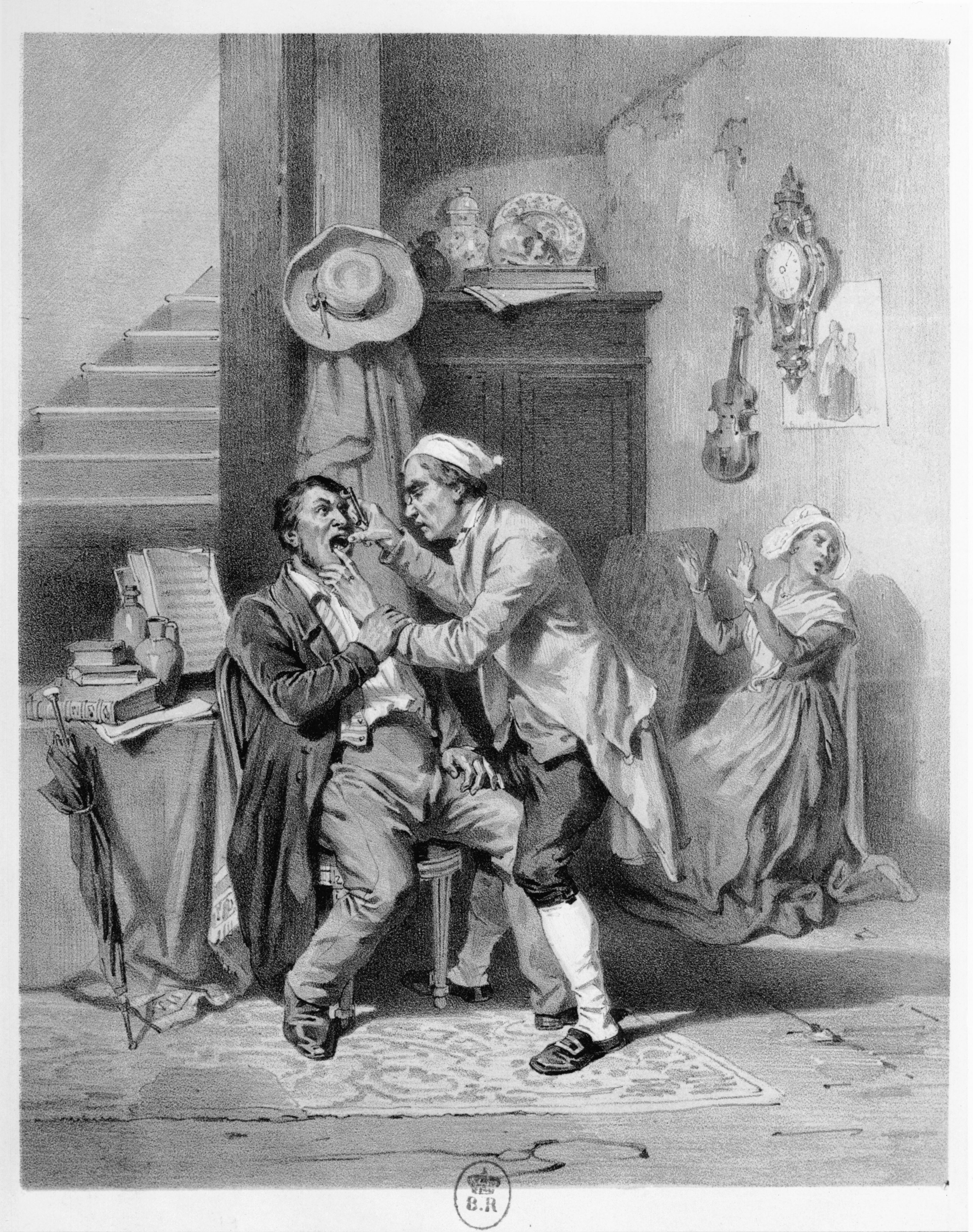
People who hate going to the dentist can get an idea of the real horrors of dental treatment in times gone by at an exhibition in Zurich.
Until the 18th century if you needed a tooth pulled you went to the blacksmith or barber who would yank it out – or try to – with a pair of pliers. Things have moved on considerably since then, but for many people fear of the dentist remains.
An exhibition at Zurich University’s Museum of the History of Medicine, entitled “With Bite – Stories of Dental Medicine”, presents ordinary cultural experiences in the context of the development of dentistry down the ages.
“Painful dental treatments have always been a popular subject in graphic art,” says a panel in the exhibition.
“These illustrations of brutal treatment methods and physical pain still influence our idea of historic dental treatment today.”
For centuries the painful pulling of teeth was a major theme. Then in the middle of the 20th century such treatment methods as the drill and fillings, which people also found terrifying, joined the list.
The dentist has long been the butt of cartoons and jokes. Huge forceps, drills and needles are often shown as instruments of torture.
“Do you extract teeth painlessly?” asks the patient. “Usually,” answers the dentist. “I’ve only once dislocated my wrist.” Just one of the old dentist jokes, still being told, which reflects the common anxiety about the profession.
Zurich leads the way
For centuries the main way to treat a painful tooth was to pull it or break it off. Old forceps, dental keys and hooks provide a vivid explanation of these rather brutal methods of extraction.
But at the same time, the use of artificial teeth to replace those that have fallen out or been extracted also has a long history.
Techniques enabling patients to keep their teeth – drilling, fillings, root treatment – are much more recent, going back just over a century.
The first colleges of dentistry which awarded the title of doctor were established in the United States in the 1840s. Large numbers of Swiss dentists went to train there.
In Switzerland legislation was passed in 1888 making it obligatory for anyone practising dentistry to have an academic training. Zurich University was the first state institution in the world to offer a doctoral degree in dental medicine.
“Tooth aunties”
A survey of nearly 2,000 children in Zurich in 1901 found that almost 90 per cent of them were suffering from tooth decay.
This led to the founding of the first school dental clinics in Zurich and Lucerne in 1908, based on the model of first one in Strasbourg, the pioneer in Europe.
Since then free examination and treatment has been available to all children and teenagers.
School dental services were expanded in the 1950s and 60s. From 1961, dental care instructors started to visit schools to teach children about regular teeth cleaning and healthy nutrition. They were known in German as “Zahntanten”, or “tooth aunties” and were mainly housewives.
Beauty treatment
There are now people in Switzerland who want to try out something new, Margrit Wyder of the History of Medicine Museum at Zurich University, told swissinfo.ch. Tooth replacements are trendy.
“It is a bit more expensive, but people have the feeling that they will last longer. But if you want something cheap, you go to Hungary or Germany.”
The fashion today is plastic surgery for teeth. Since tooth decay is much less common now than it used to be, dentists are looking for new areas of activity.
“We people today attach a lot of importance to the way we look. It even plays a role when you are looking for a job. So this is a trend that can’t be stopped,”said Wyder.
“The most we can do is to try to ensure that excesses are kept in check.”
The idea of the exhibition came from the two curators, Ronny Trachsel and Beate Schappach.
All kinds of different people have been coming to the exhibition, which opened at the end of October and runs until spring 2011. There have been visits by school classes, and during the holidays many of the visitors were families with children.
But the most interest has been shown by people involved with dentistry, Wyder said. “Whole dental practices come, to learn something before going on to their Christmas meal.”
(Adapted from German by Julia Slater)

In compliance with the JTI standards
More: SWI swissinfo.ch certified by the Journalism Trust Initiative
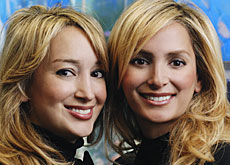
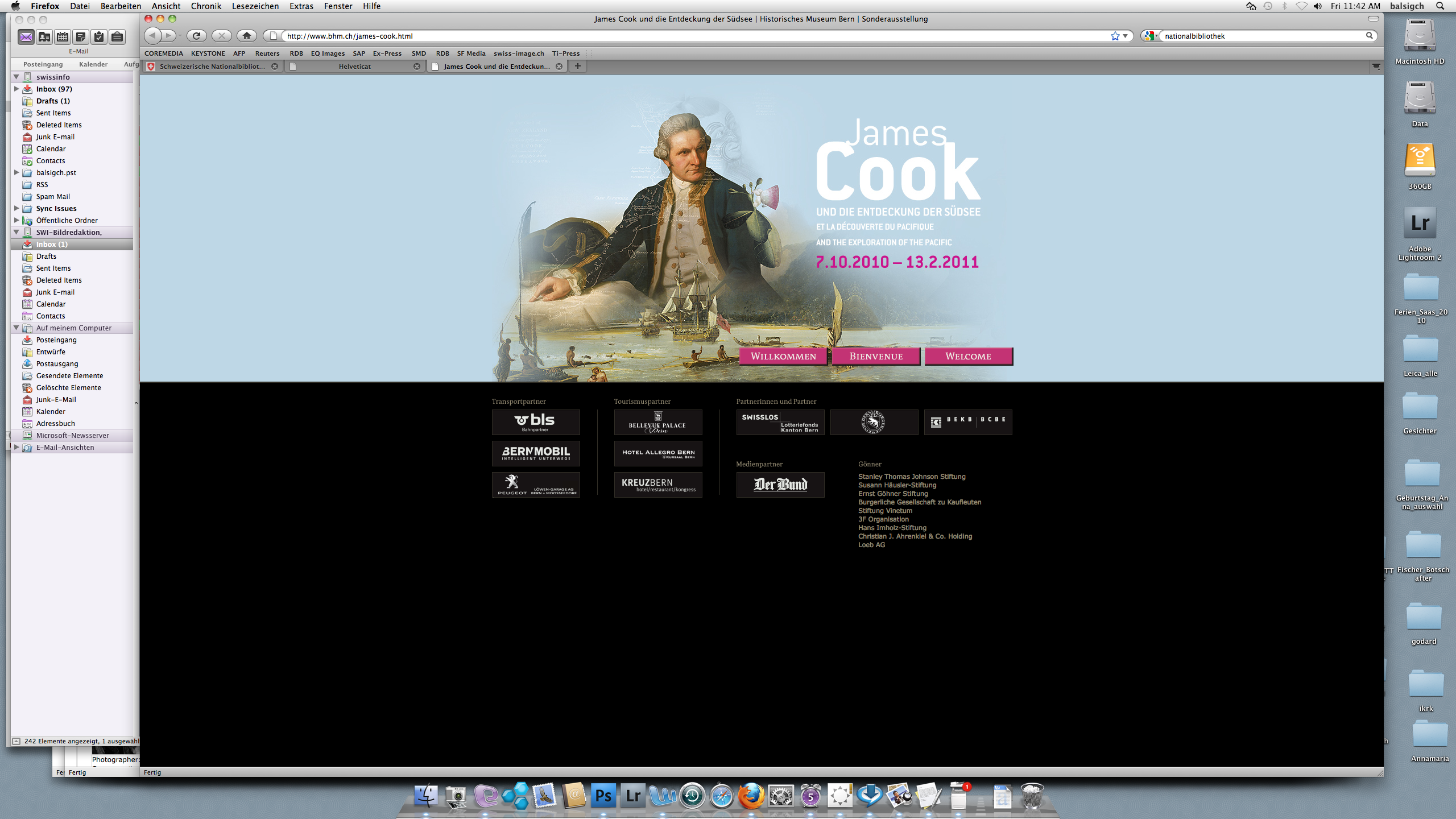
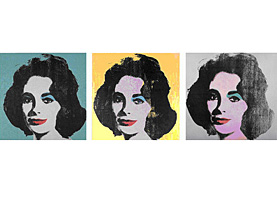
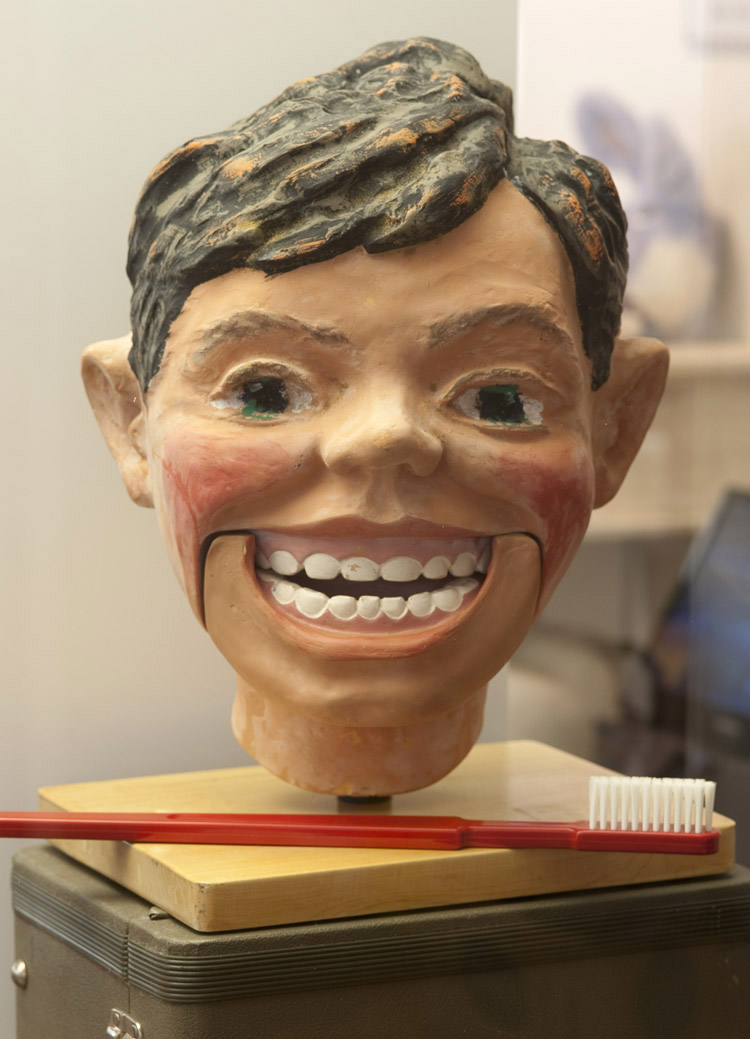
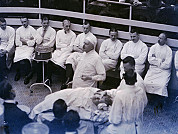
You can find an overview of ongoing debates with our journalists here. Please join us!
If you want to start a conversation about a topic raised in this article or want to report factual errors, email us at english@swissinfo.ch.